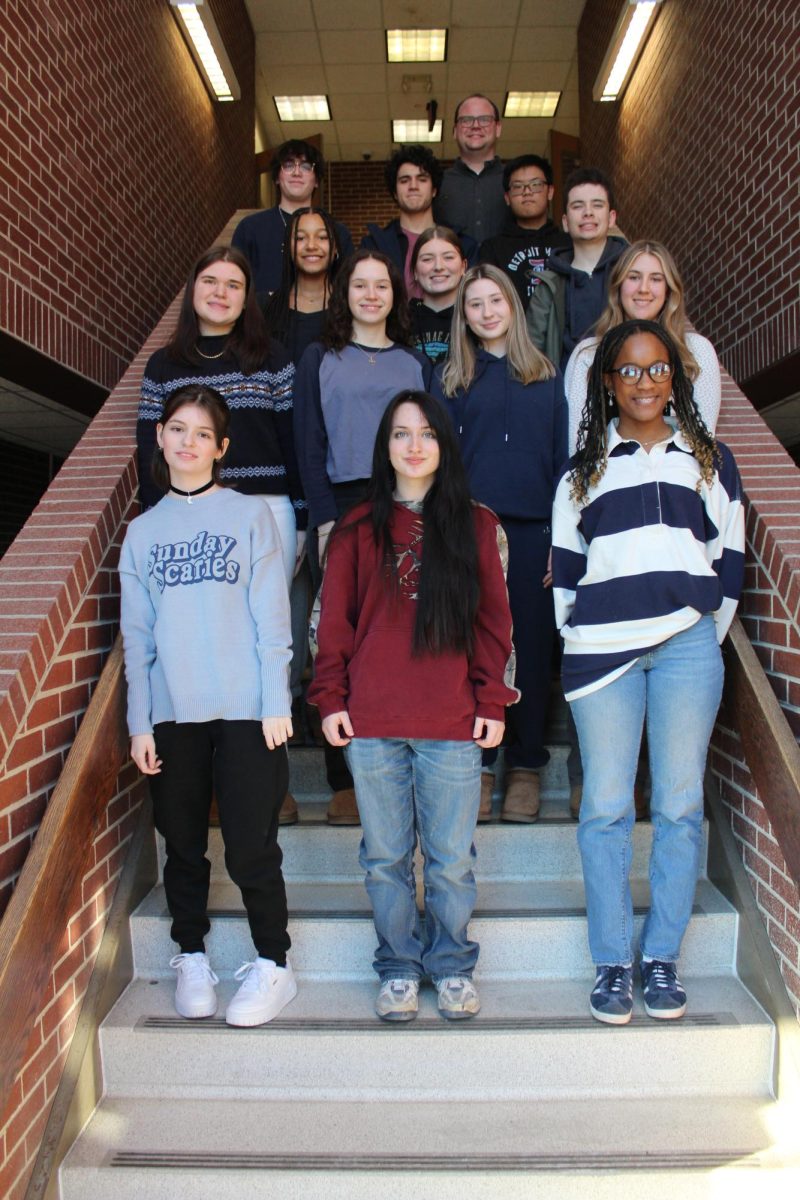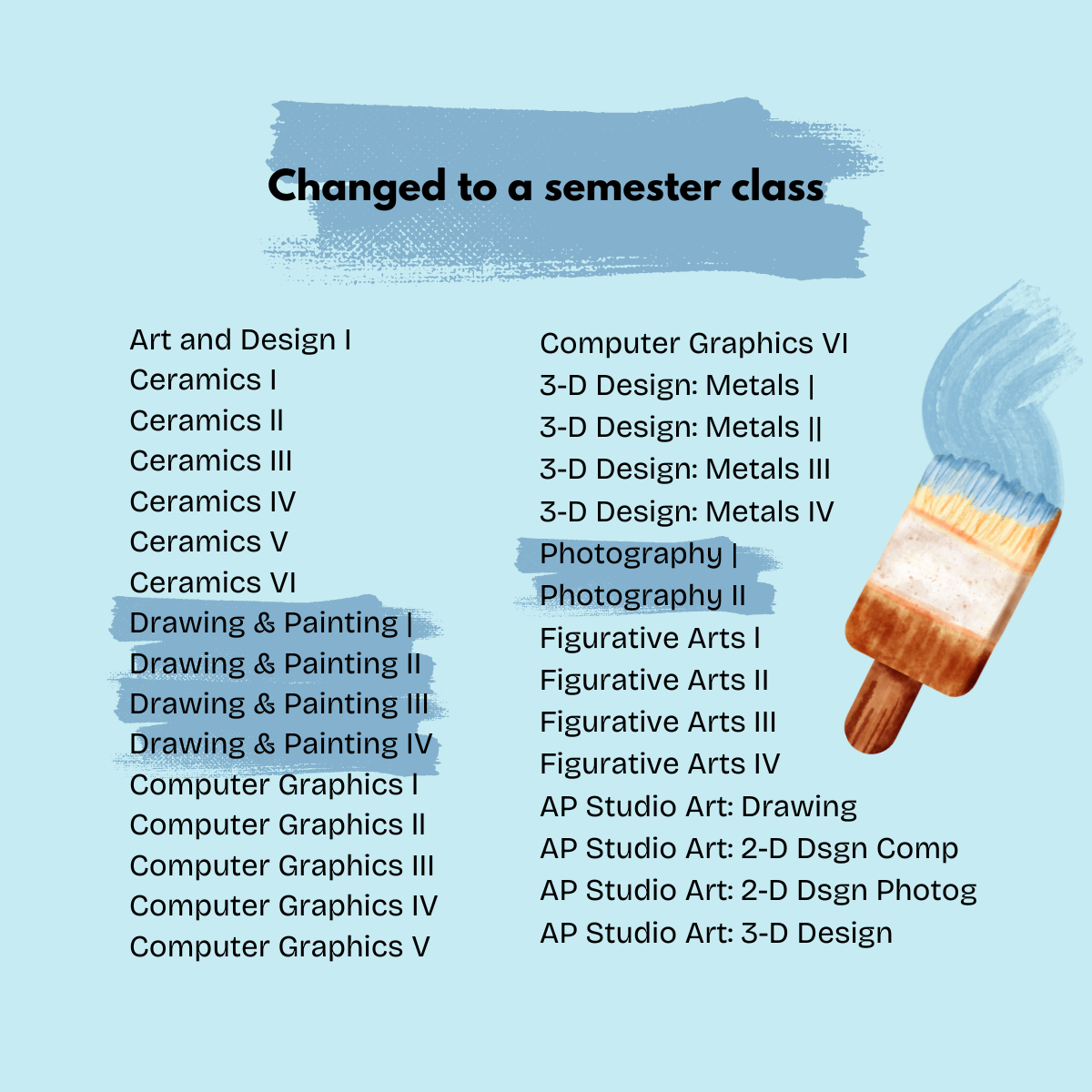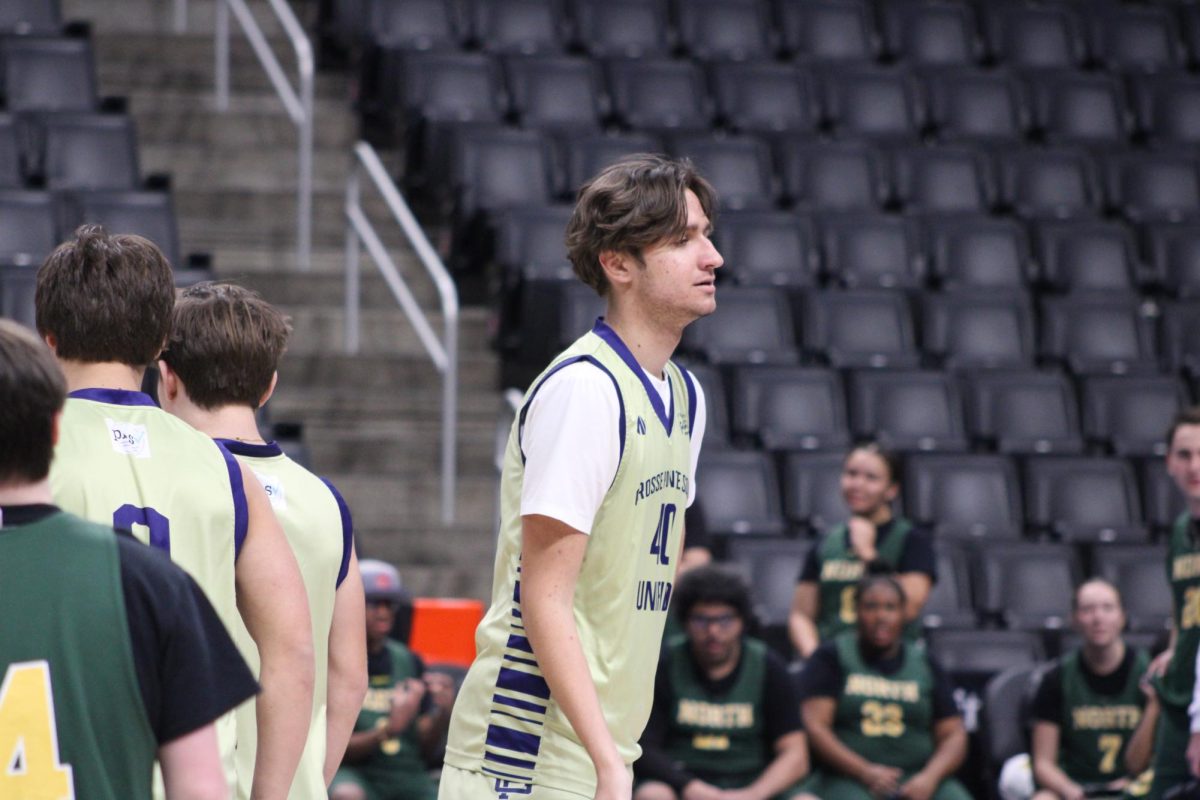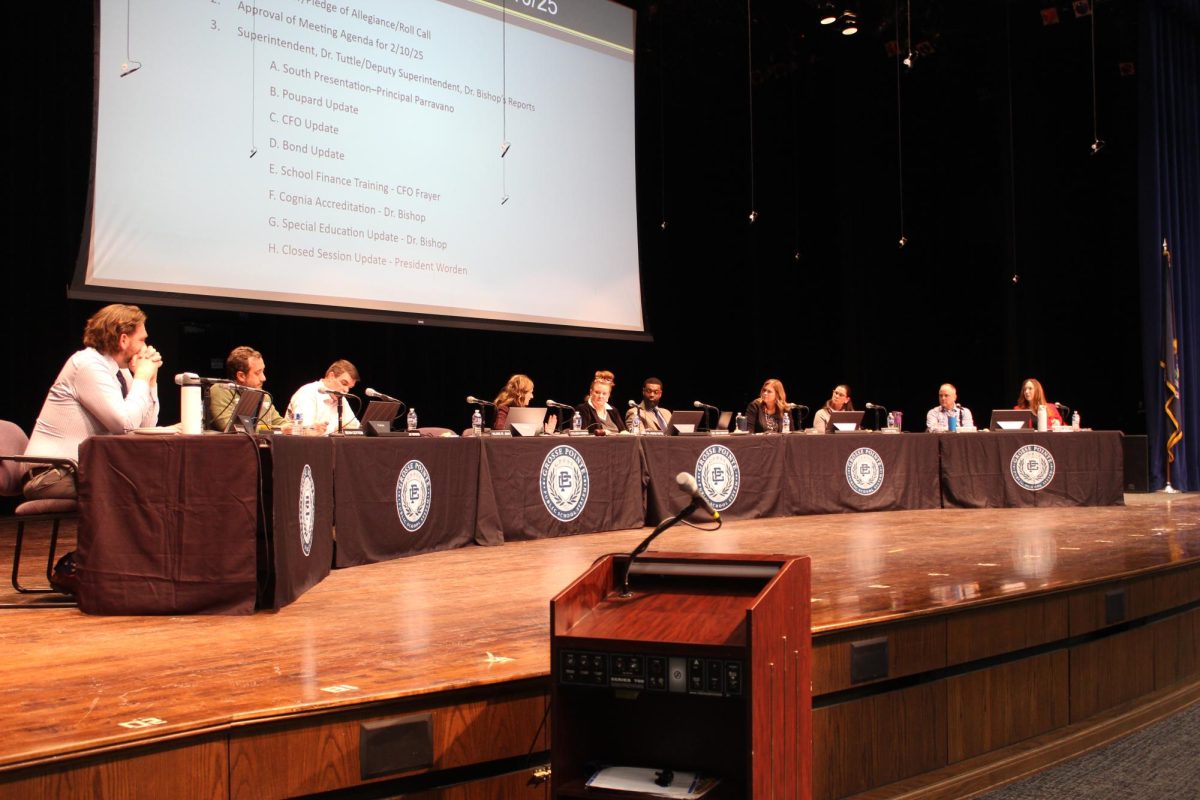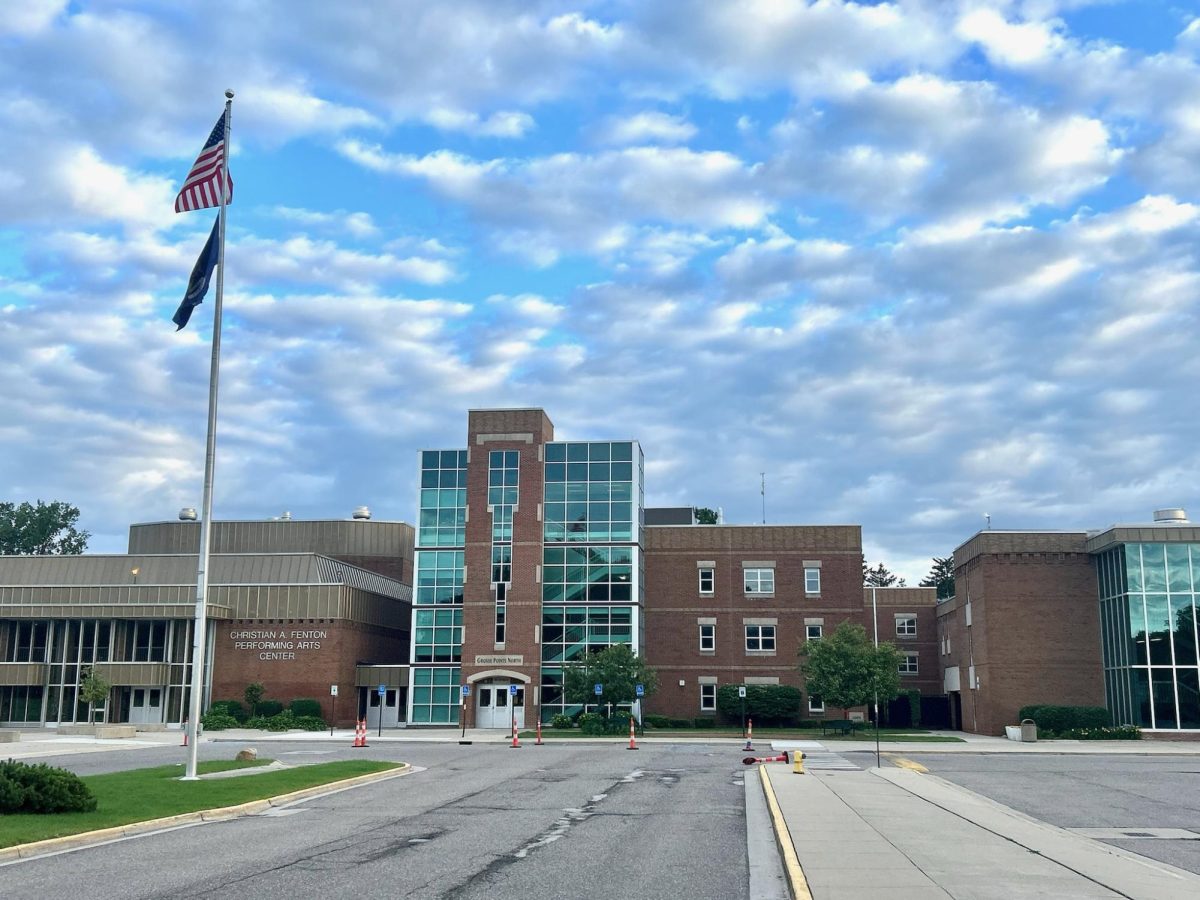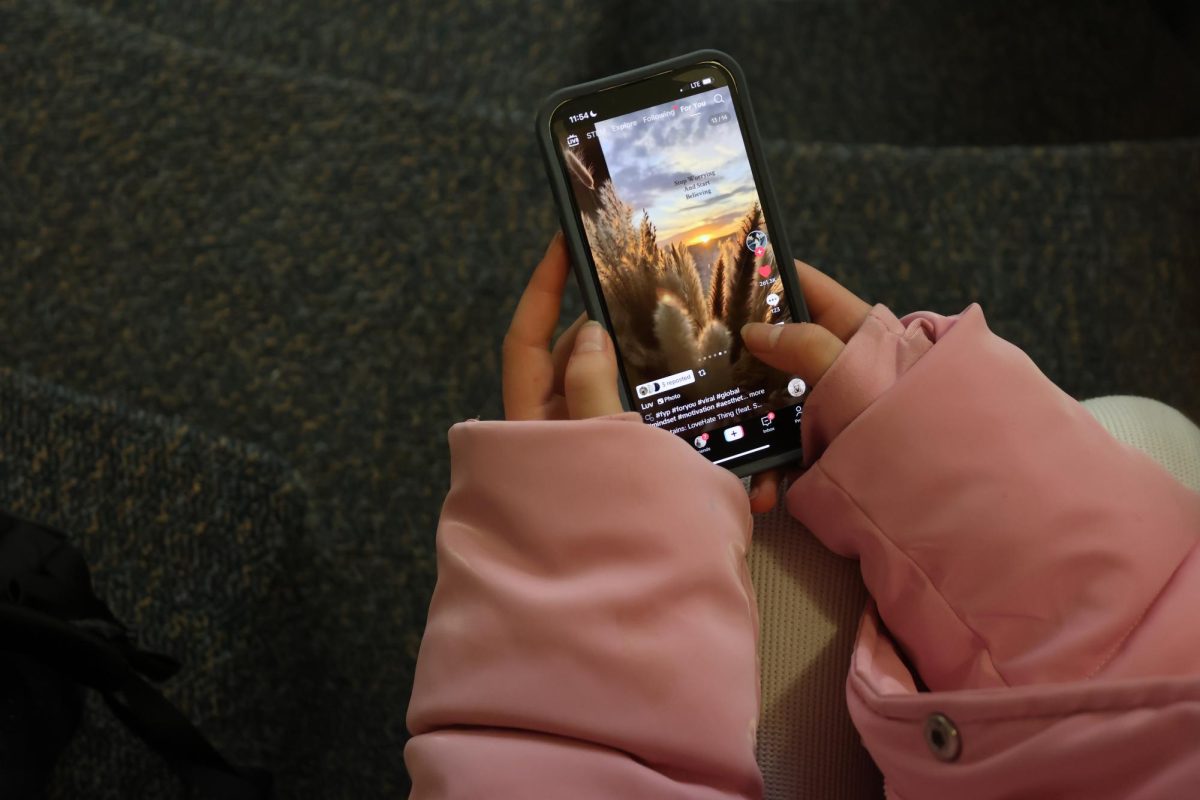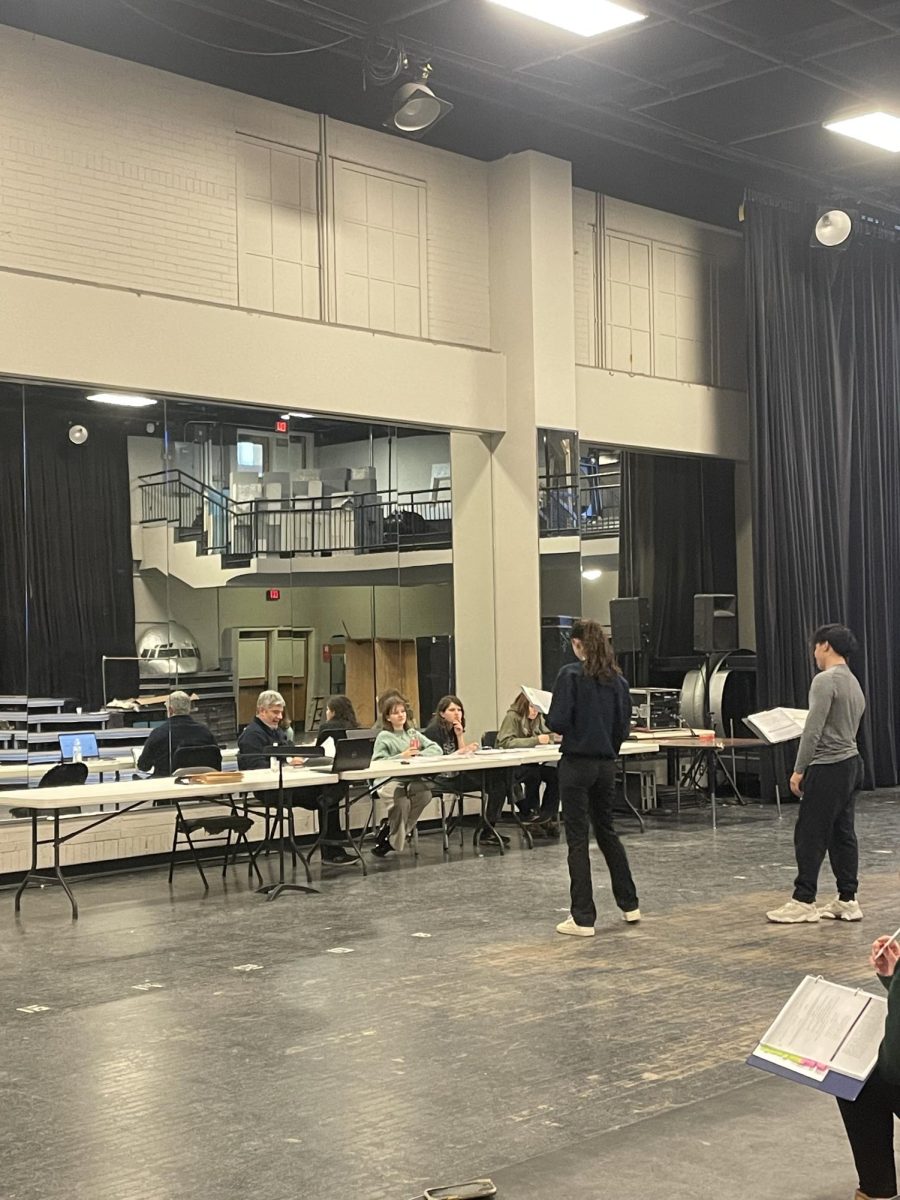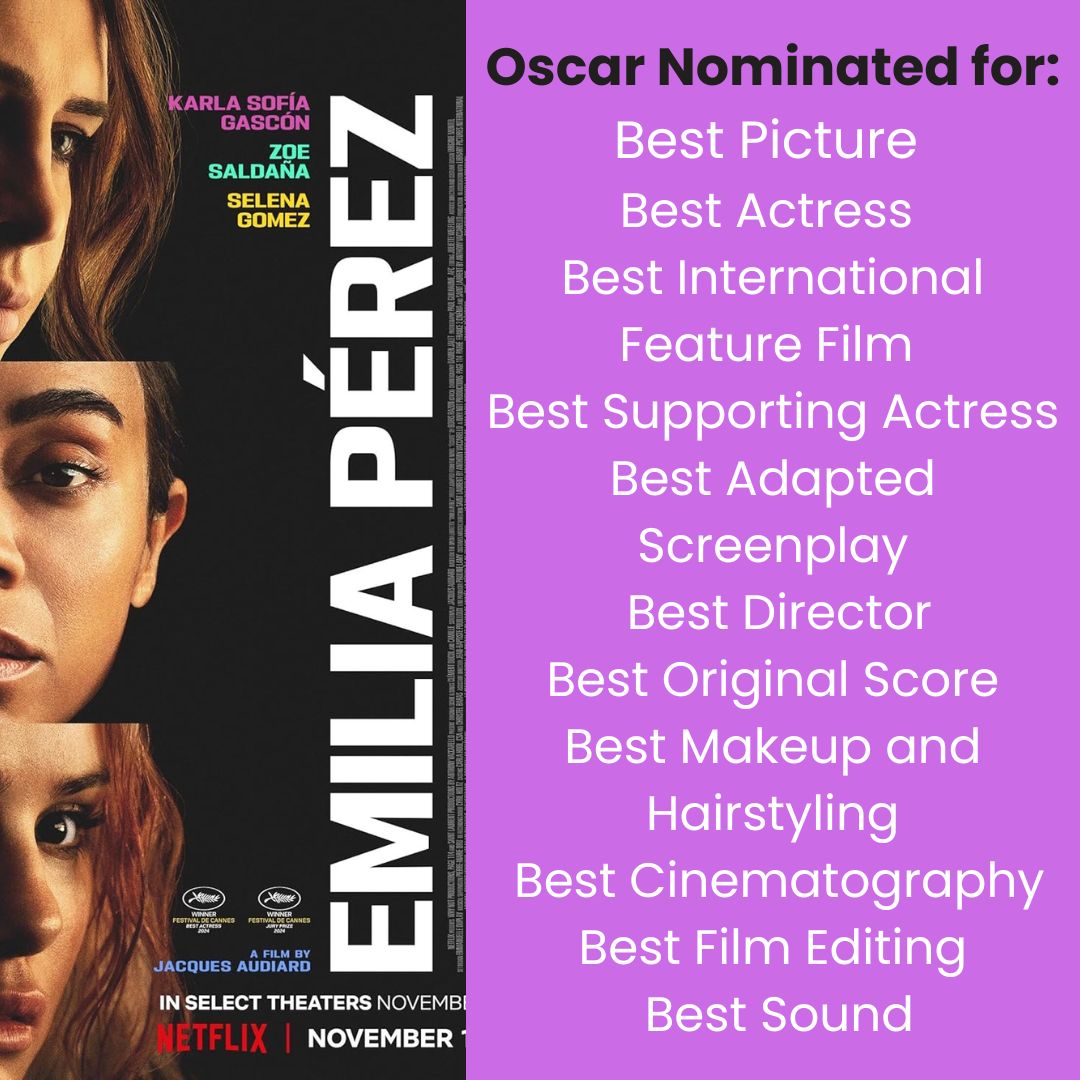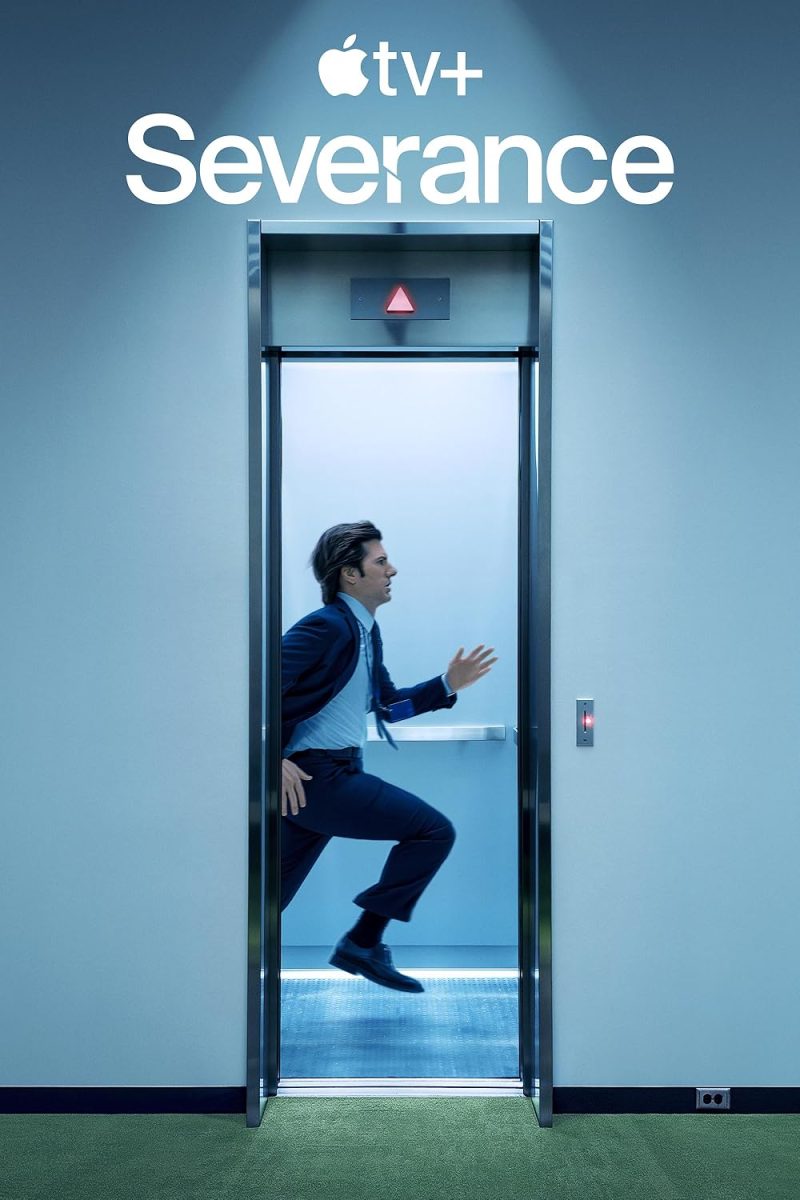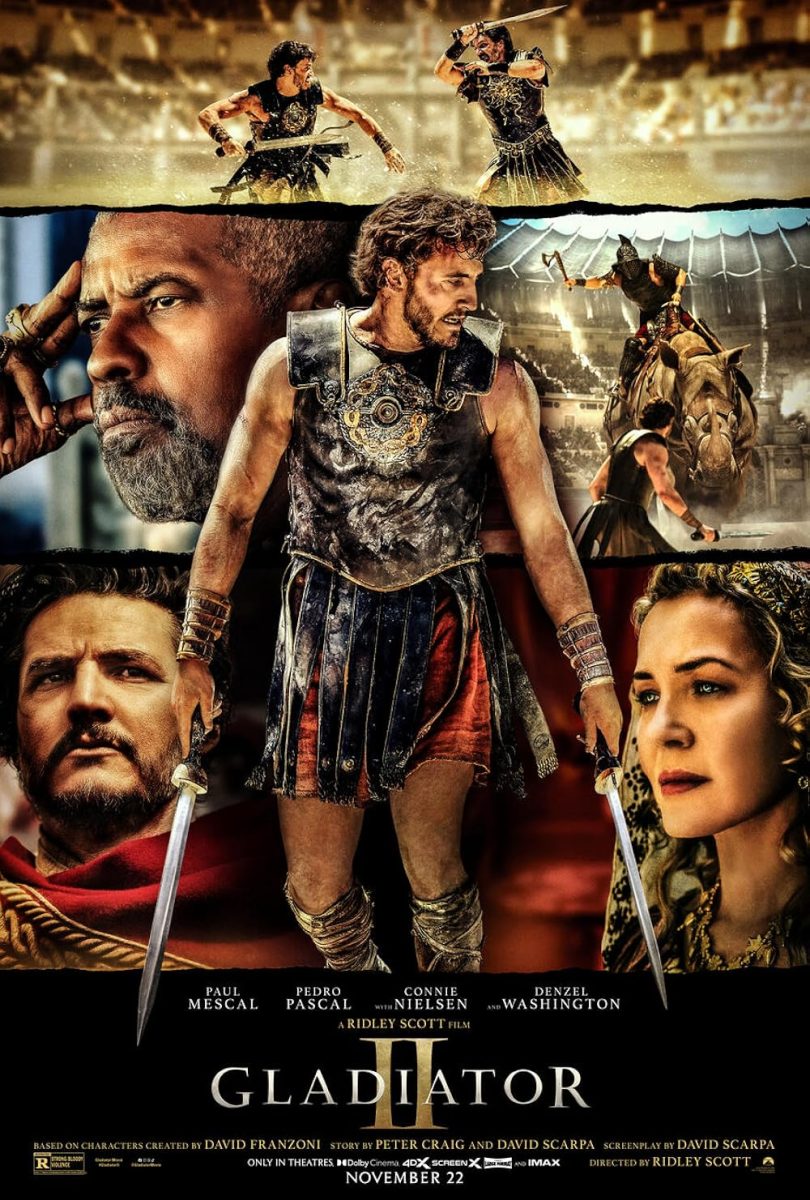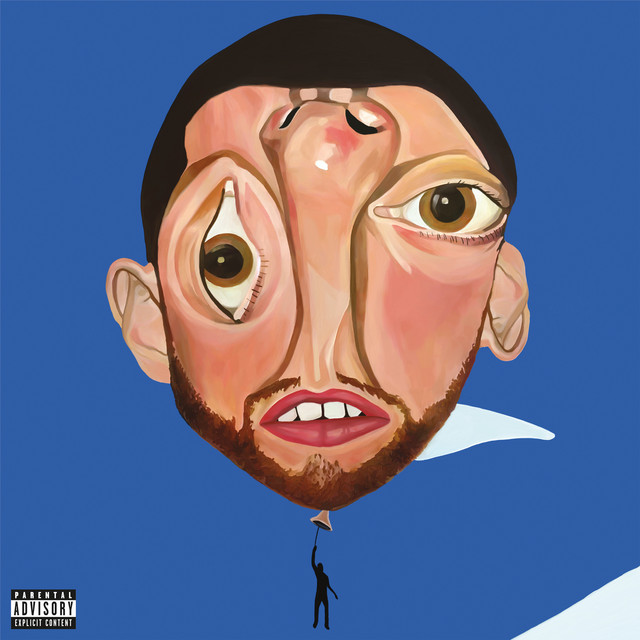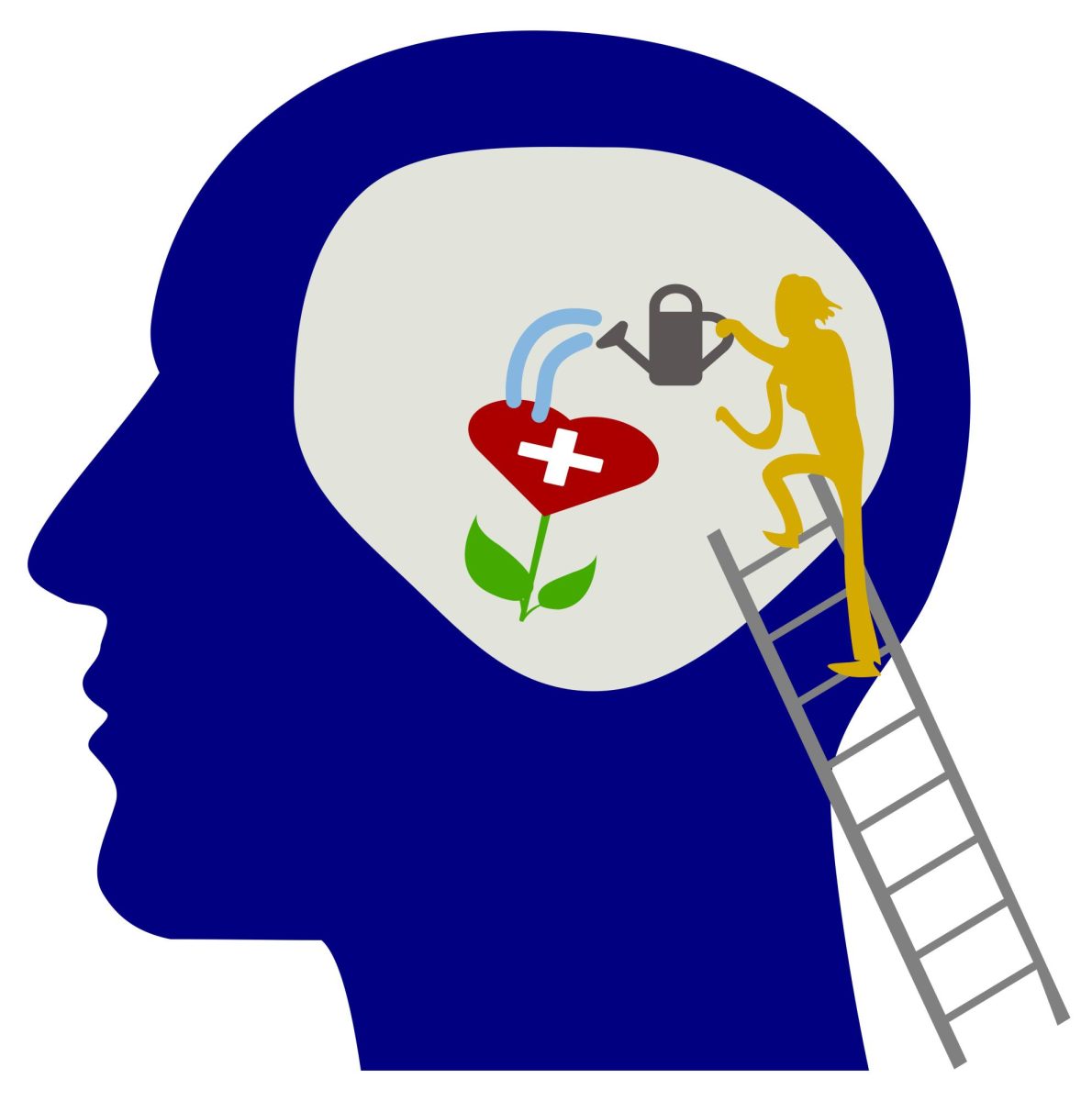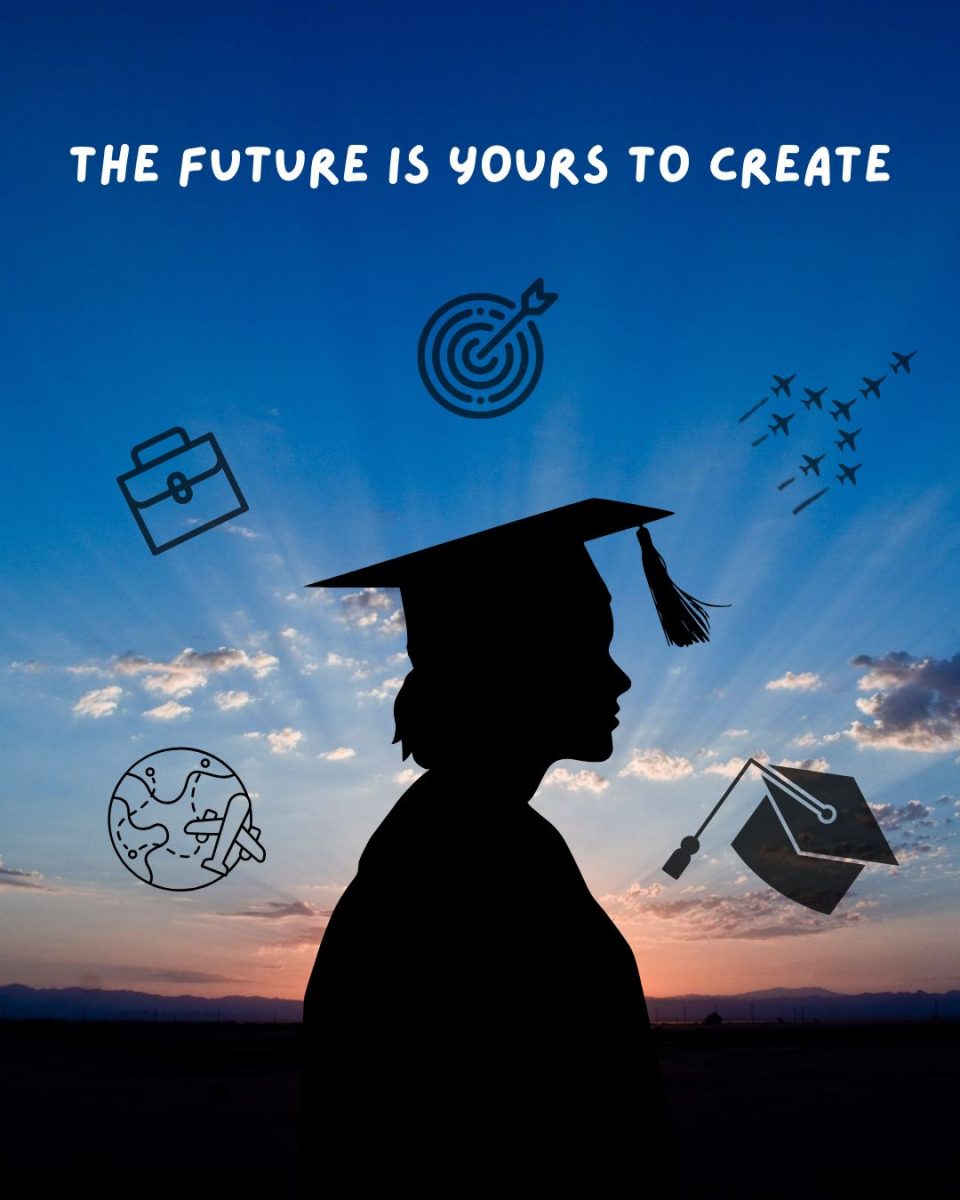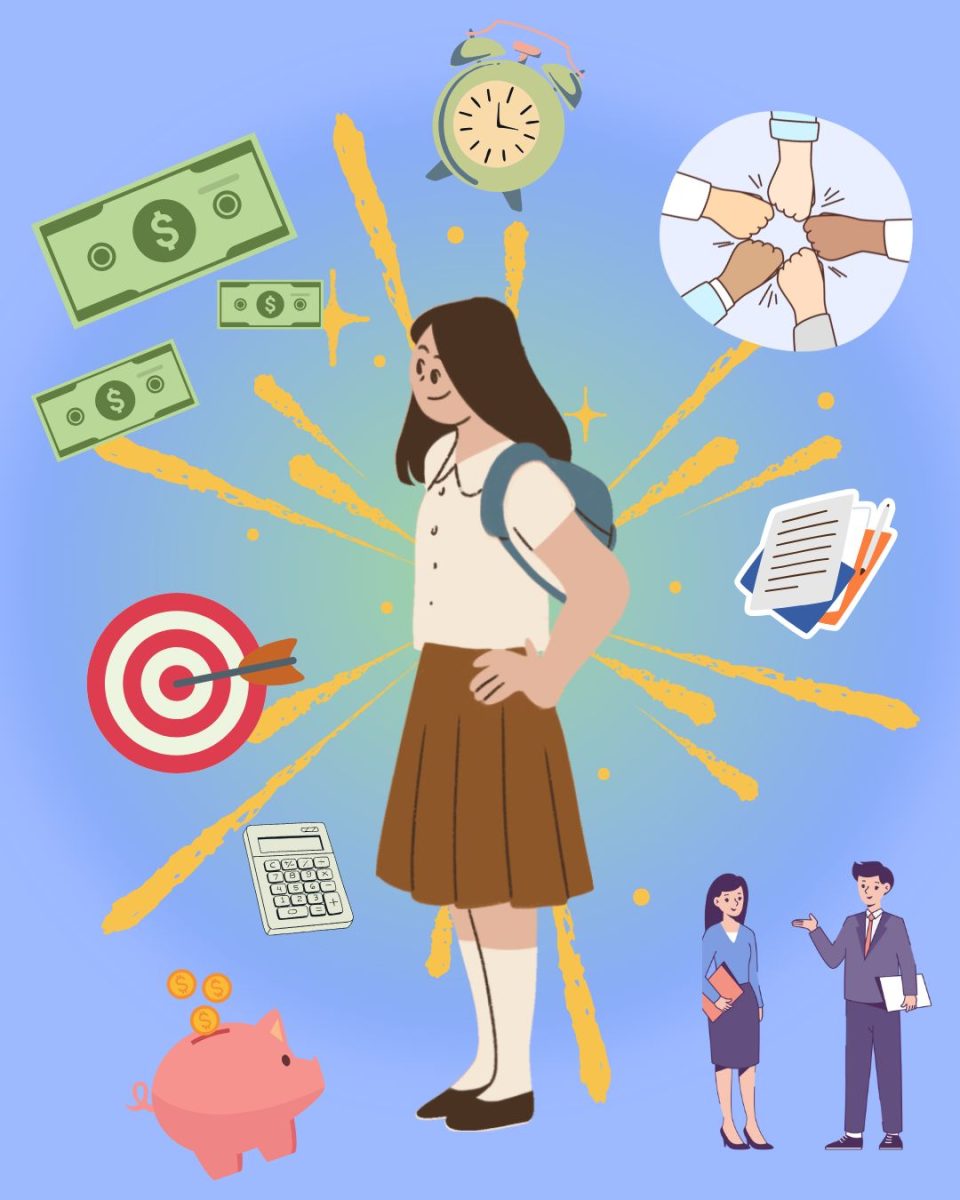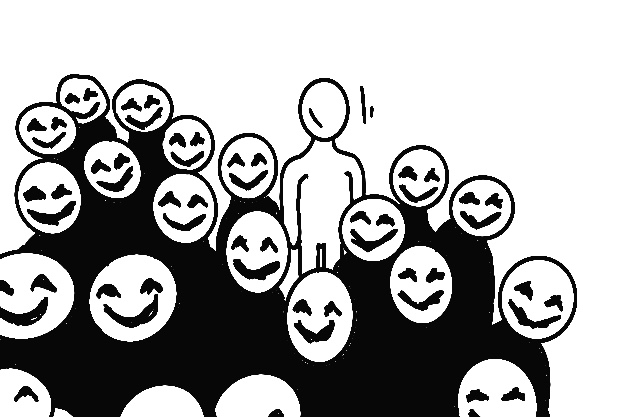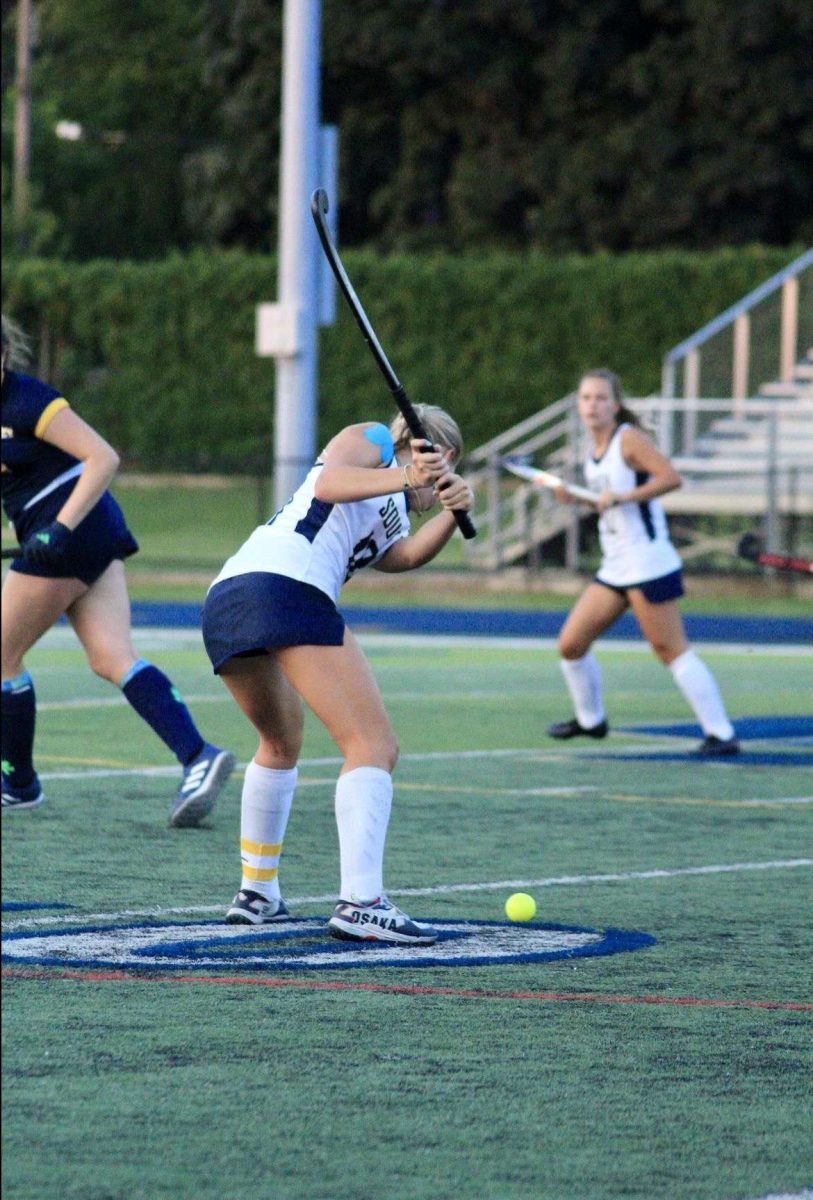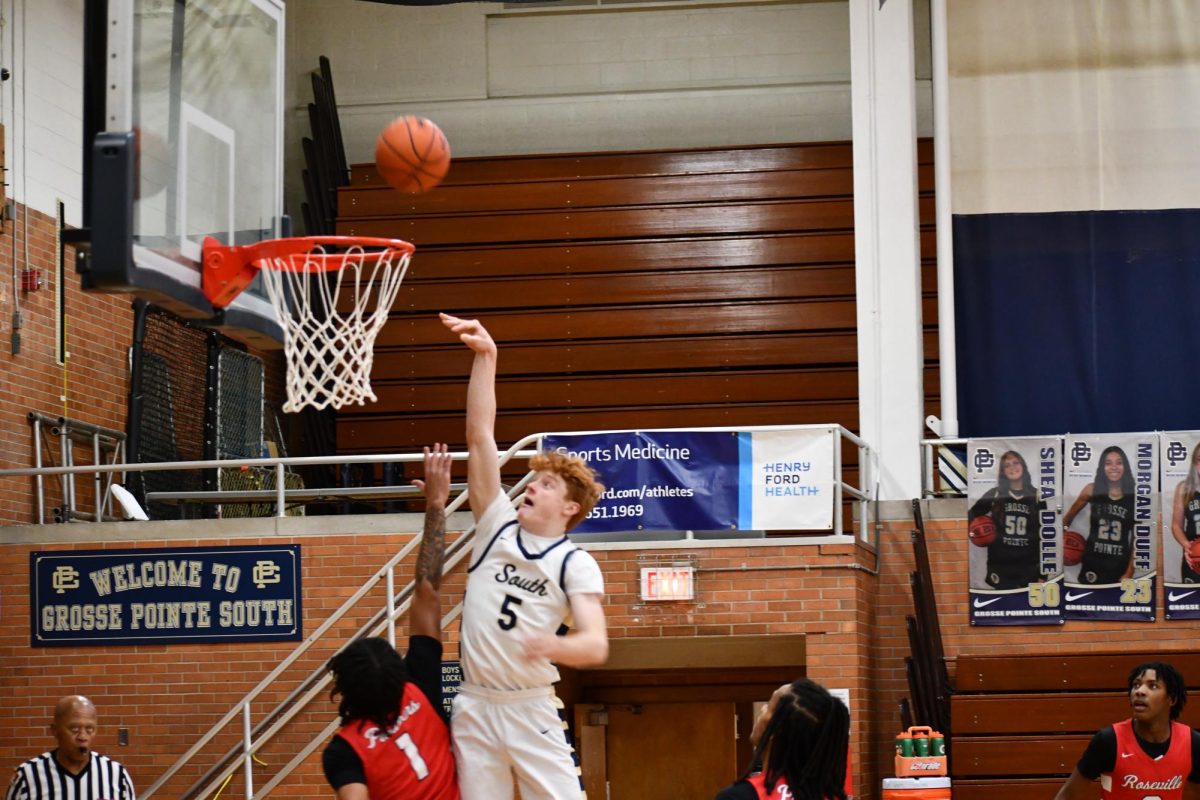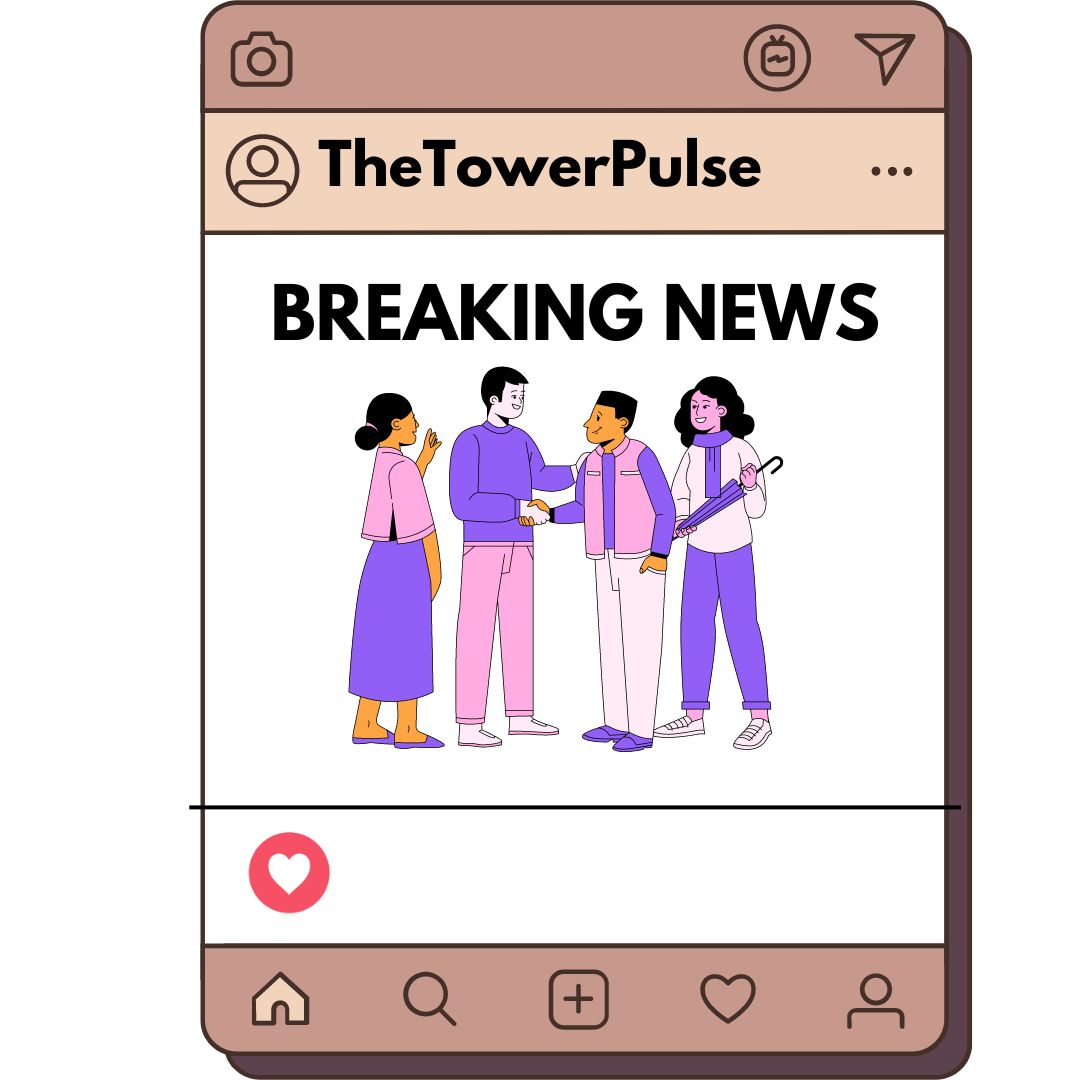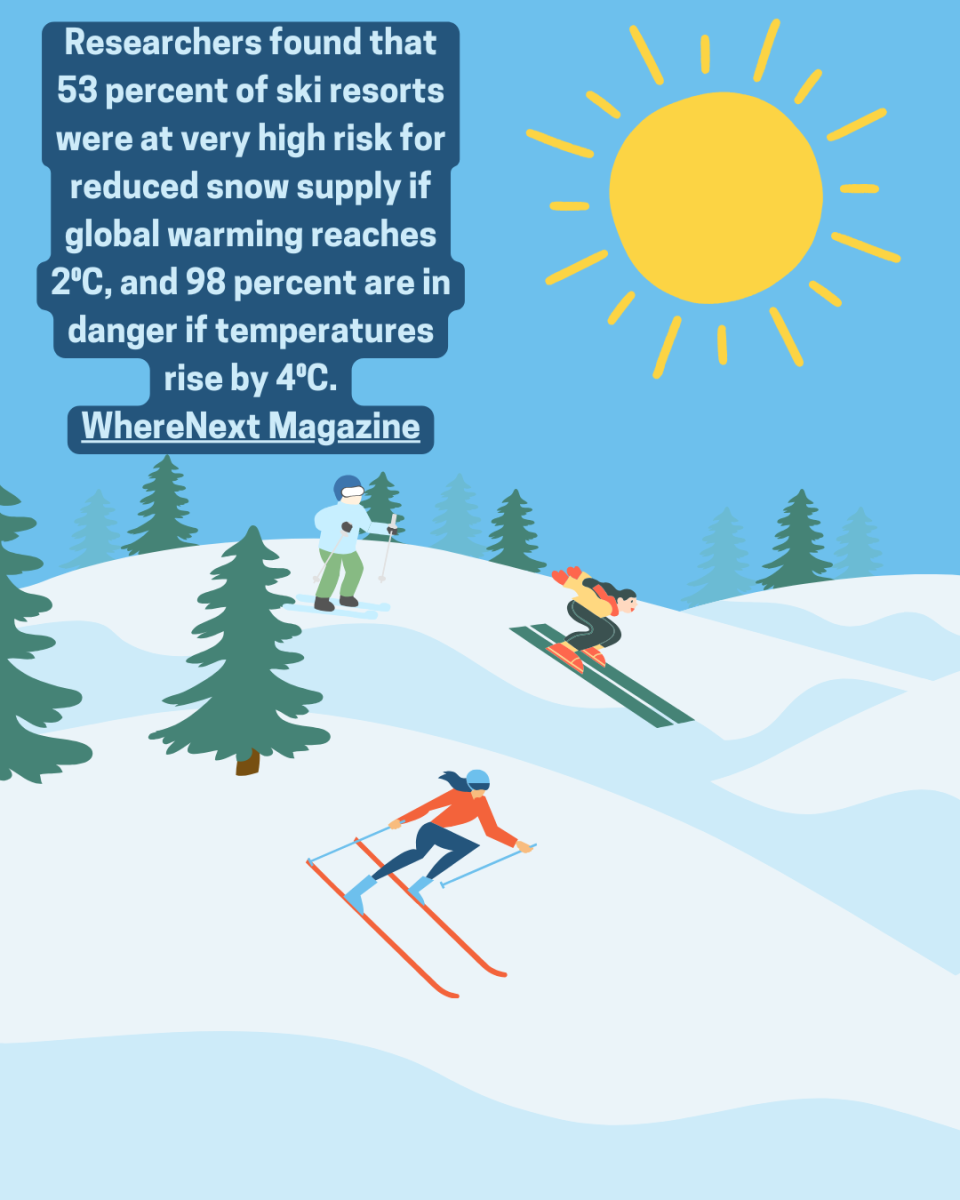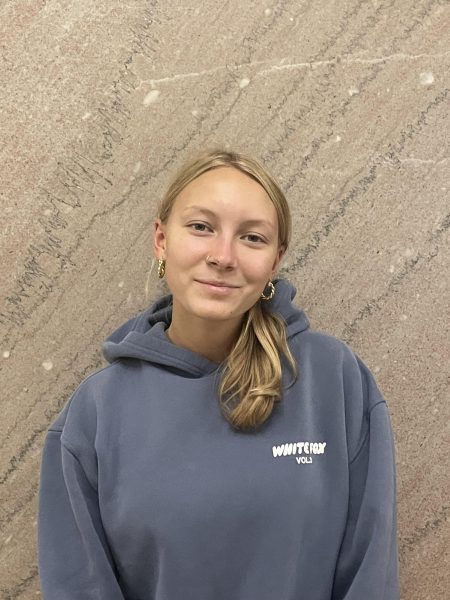Throughout the past decade, the use of social media has taken the world by storm. With apps such as Snapchat dedicated to chatting, and databases such as Instagram and Tiktok meant for sharing your life, the use of these platforms has become an integrative, and almost necessary part of our society and daily lives. Gen Z especially has been caught up in the wave of social media outlets, with almost 90% reporting to use social media, according to CivicScience. Besides sharing posts and talking to friends, the limits of these platforms have been put to the test.
Since Covid-19, social media has become used for more than just posting videos; it has become a news outlet as well. During the pandemic, with so many users on these apps, news platforms have shifted their audience from television broadcasts to posting on Instagram and Tik Tok. This phenomenon has altered how the world, and specifically Gen Z, receives their information. The biggest influence on this new trend is students, including Abigail Evans ’25.
“I would say that social media is strictly how I get my news,” Evans said. “The issue is I don’t really fact check, I just blindly believe.”
This has been a core issue within social media, especially with the upcoming election. With so many students being able to vote, their opinions could be easily swayed with how candidates are portrayed through social media. Democratic presidential candidate Kamala Harris uses coconuts as a core campaign strategy, and republican candidate Donald Trump has recently expressed false information during the debate, sharing that immigrants of Ohio have eaten dogs and cats. Both candidates have been using their platforms to connect with new voters, but it has been found difficult to differentiate what is true, and what is false. This pattern has appeared with more than just the election, and Nate Michaud ’25 finds that social media has changed the way people view society.
“Social media has made receiving information very easy, and it can help with people’s awareness of current issues and news,” Michaud said. “But it also makes the spread of misinformation very easy and can cause more harm.”
The spread of misinformation is not the only way social media has changed our society, but also the function in which we live, students and all people, according to social studies teacher Meg Pierce.
“I think it’s hard, because everybody used to get their news through the paper, so this is a big switch,” Pierce said. “People just look for one source, and it is not just teenagers strictly using social media, but adults as well.

